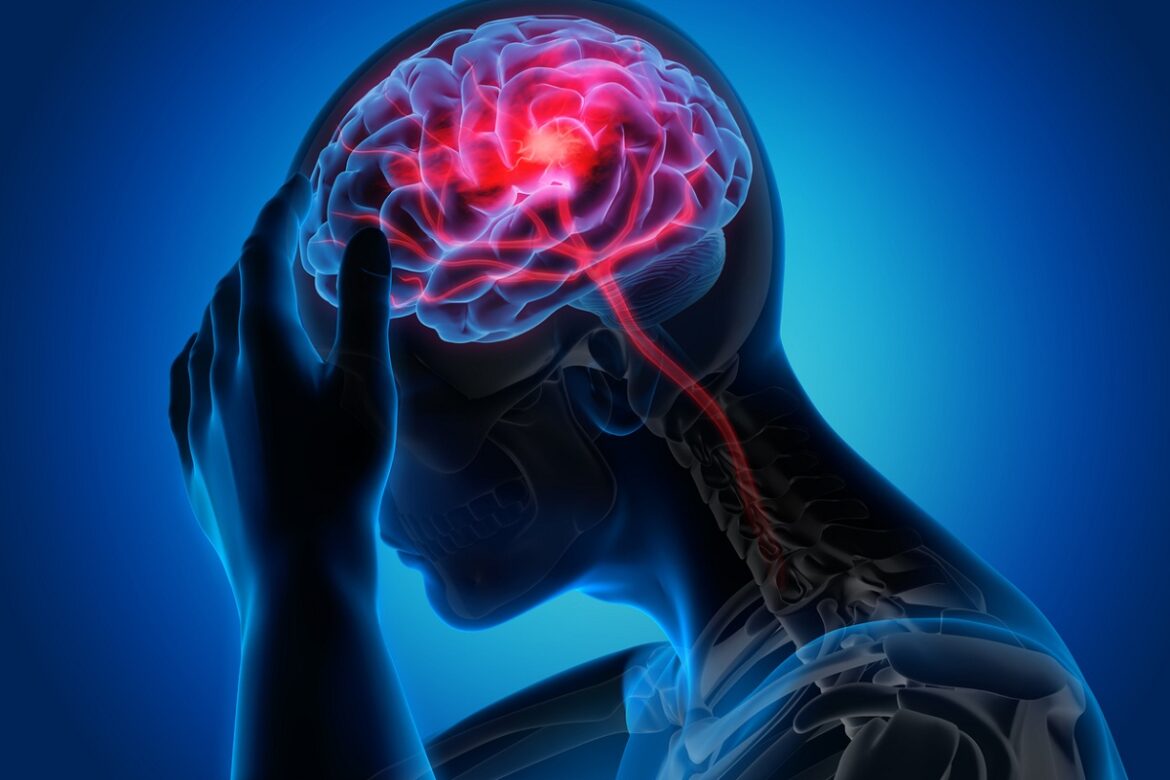Several lethal inherited neurodegenerative diseases known as lysosomal storage disorders (LSDs) have been successfully reversed in patient cells and mice by researchers at the National Center for Advancing Translational Sciences (NCATS), Mount Sinai’s Icahn School of Medicine, and other institutions.
Using new chemicals they identified that boosted the activity of TRAP1, the team at NCATS, a branch of the National Institutes of Health, led by translational scientist Juan Marugan, PhD, and Mount Sinai’s Yiannis Ioannou, PhD, restored the correct operation of the mitochondria and lysosomes. This protein helps the mitochondria, which are responsible for producing energy within cells, function properly. The iScience journal published the study’s findings.
At Mount Sinai’s Icahn School of Medicine, Dr Ioannou teaches genetics and genomic sciences.
Genetic flaws in LSDs prohibit the cell’s lysosomes from digesting and recycling fats, carbohydrates, and proteins. As a result, these substances build up in various organs, such as the liver and brain. This may result in the mitochondria malfunctioning, further harming these organs.
To combat lysosomal storage diseases, researchers have long searched for medications that might have an influence on the lysosomes. This is a novel method of treating various illnesses. Increasing TRAP1 activity aided in the appropriate balance of the cell and improved mitochondrial protein folding. These novel compounds inhibit storage in lysosomal storage disorders by activating TRAP1 in the mitochondria.
The investigations demonstrate that mitochondrial TRAP1 is a possibly novel therapeutic target for a variety of disorders of the central nervous system. The scientists discovered that TRAP1 started a “crosstalk” between mitochondria and lysosomes in order to regain the internal homeostasis of the cell. The fact that activating TRAP1 leads in a cascade that restores typical lysosomal function in lysosomal storage disorders intrigued the researchers.
This interaction circumvents the underlying genetic defect that underlies each lysosomal illness. The team showed that increasing TRAP1 activity might alleviate the lipid storage issue and restore normal cholesterol levels in cells from people with Niemann-Pick disease type C1, a kind of LSD.
Additionally, improving TRAP1 activity reversed the lipid storage in patient cells from different LSDs such as Fabry, Farber, and Wolman illnesses. The rare genetic condition Niemann-Pick disease type C1 impairs the body’s capacity to digest fat in cells.
The findings, according to the researchers, may have ramifications for other neurodegenerative illnesses with comparable underlying causes, like Parkinson’s, amyotrophic lateral sclerosis, and Alzheimer’s.
Dr Ioannou and his associates created a technique to gauge a substance’s impact on Niemann-Pick type C1. They worked together with Dr Marugan and NCATS scientists who quickly sorted through hundreds of chemicals using the test and NCATS’ high-throughput screening facilities.
They observed that chemicals that activated TRAP1 helped reduce lipid levels in lysosomes and cells by restoring proper mitochondrial activity and starting the recycling of lysosomes. The researchers chemically improved the top-performing molecules and subjected them to additional testing.
Scientists are interested in finding out more about how the chemicals help alleviate the signs and symptoms of lysosomal storage disorders in order to develop potential pharmaceutical treatments. They also want to continue creating these compounds and researching the outcomes in various animal models, including how effectively they can cure more common neurological diseases like Alzheimer’s and Parkinson’s diseases.
Also Read: Ultra-processed ‘gateway’ foods might lead to unhealthy adolescent eating: Study

